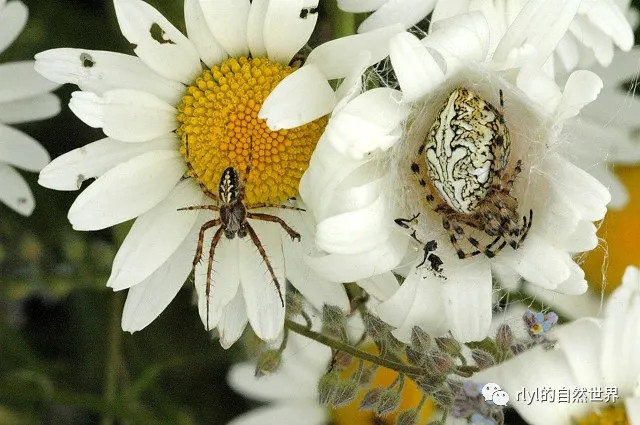Discover the Luosang Aculepeira Spider (Aculepeira luosangensis)
The Luosang Aculepeira Spider, scientifically known as Aculepeira luosangensis (Yin et al., 1990), belongs to the Araneidae family and the Aculepeira genus. This species is native to China, specifically the Tibet region, with the type locality being in Luosang, Shigatse County, Tibet.

Species Overview
- Chinese Name: 洛桑尖蛛 (Pinyin: luò sāng jiān zhū)
- Scientific Name: Aculepeira luosangensis
- Family: Araneidae (Orb-weaver spiders)
- Genus: Aculepeira
- Distribution: Found primarily in Tibet, China.
- Conservation Status: Currently, there is no official classification for this species under national protection levels, CITES, or the IUCN Red List.
Physical Description
The Luosang Aculepeira spider exhibits distinct characteristics between males and females.
- Female: The body length is approximately 8.2 cm, with the cephalothorax (head and thorax) measuring 3.3 cm in length and 2.3 cm in width. The abdomen measures 5.3 cm in length and 4 cm in width. The eyes are arranged in a pattern with the middle front eyes being smaller than the middle back eyes but larger than the side front eyes. The female’s body color is yellow-brown with dense white hair, and her legs are light brown without any distinct rings.
- Male: The body length is around 5.5 cm, with the cephalothorax measuring 2.8 cm in length and 2.3 cm in width. The male’s coloring is darker than that of the female, and the patterns on the abdomen are more pronounced. The reproductive organs in males are also shorter, with specific morphological differences.

Habitat and Behavior
This spider species thrives in the high-altitude regions of Tibet, specifically the Nujiang Grand Canyon area. Its habitat is characterized by rugged mountainous terrain and a cold climate, contributing to the spider’s unique physical adaptations.
Comparison with Similar Species
Interestingly, a close resemblance has been noted between the Luosang Aculepeira Spider and another species known as Araneus ceropegius, described by Hu Jinlin and Li Aihua in 1987. However, key differences in their reproductive organs, such as the shape of the palpal bulb and the number of spines on the male’s second tibia, suggest they are separate species. Further research is required to confirm their taxonomic classification.
Specimen Observations: Collected from Luosang, Shigatse County, Tibet, on June 22, 1983,

